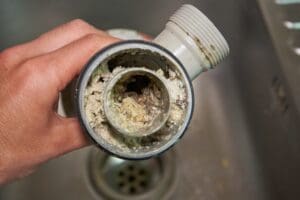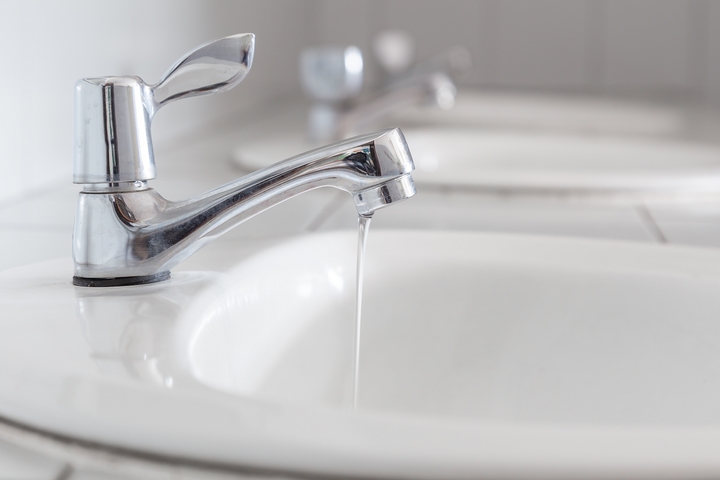Straightforward Measures to Boost Low Water Pressure in Your Home
Straightforward Measures to Boost Low Water Pressure in Your Home
Blog Article
They are making a few great observations about Dealing with Low Water Pressure in Your Home overall in this article below.

Low tide pressure in your home can be an irritating issue, impacting whatever from showering to washing meals. If you're experiencing weak water circulation, there are numerous feasible causes and solutions to explore. In this guide, we'll go over common factors for low tide pressure and sensible steps to resolve the concern effectively.
Introduction to Low Water Pressure
Low tide pressure happens when the flow of water from your faucets, showers, and other fixtures is weak than common. This can make day-to-day tasks more difficult and much less reliable. Understanding the sources of low water stress is vital to discovering the right remedy.
Common Root Causes Of Low Tide Stress
Faulty Stress Regulatory Authorities
Pressure regulatory authorities are accountable for keeping regular water stress in your house. If they malfunction, it can cause low water pressure or uneven flow throughout your home.
Community Water Issues
Sometimes, the issue lies outside your home. Metropolitan supply of water issues, such as main line leaks or upkeep job, can momentarily reduce water stress in your area.
Pipeline Obstructions
Over time, pipelines can come to be clogged with natural resource, debris, or particles, limiting the flow of water. This is a typical concern in older homes with galvanized steel pipelines.
Corrosion
Deterioration within pipelines can result in leakages and minimized water pressure. Rust accumulation can constrict water circulation, specifically in maturing plumbing systems.
Just How to Diagnose Low Water Stress
Checking Pipes
Evaluate visible pipelines for indications of leaks, rust, or obstructions. Focus on any type of uncommon noises, such as knocking or rattling pipes, which could show problems within the plumbing system.
Consulting with a Plumber
If you're unable to identify the cause of low water stress, think about working with a professional plumber to conduct an extensive assessment. They can identify underlying concerns and recommend proper options.
Inspecting Faucets and Components
Begin by evaluating the water stress at various faucets and components throughout your home. If the issue is isolated to particular locations, it may suggest local problems.
Do It Yourself Solutions to Take Care Of Low Water Pressure
Flushing Hot Water Heater
Debris accumulation in the water heater can limit flow and lower efficiency. Purging the storage tank occasionally assists eliminate sediment and keep ideal performance.
Inspecting Stress Regulatory Authority
Ensure that the stress regulator is operating appropriately. Readjusting or replacing the regulator can aid recover correct water stress throughout your home.
Cleaning Aerators and Showerheads
Mineral deposits can collect in aerators and showerheads, reducing water circulation. Remove and cleanse these parts consistently to enhance water pressure.
Clearing Clogs in Pipeline
For small blockages, attempt using a plumbing serpent or chemical drainpipe cleaner to clear obstructions in pipes. Be cautious when making use of chemicals and comply with safety and security standards.
When to Call an Expert Plumber
If DIY efforts fall short to solve the concern or if you suspect substantial plumbing problems, it's finest to seek assistance from an accredited plumber. They have the know-how and tools to deal with complex problems securely and effectively.
Safety Nets to Keep Water Stress
Setting Up a Stress Booster
Think about installing a pressure booster pump to enhance water pressure in locations with constantly low flow. This can be specifically beneficial for multi-story homes or residential properties with high-demand components.
Monitoring Water Usage
Bear in mind water use routines and stay clear of overtaxing the plumbing system. Basic adjustments, such as astonishing showers and laundry lots, can assist maintain adequate water stress.
Regular Upkeep
Set up regular upkeep for your plumbing system to prevent concerns such as deterioration, leakages, and blockages. Attending to minor troubles early can aid prevent even more considerable fixings in the future.
Conclusion
Dealing with low tide stress can be irritating, but determining the underlying reasons and executing suitable options can restore optimal circulation throughout your home. Whether it's cleansing aerators, checking pipes, or consulting with a plumber, taking proactive actions can make certain a consistent supply of water for your day-to-day requirements.
FOUR WAYS TO FIX LOW WATER PRESSURE NOW
Turning on a shower or faucet only to find the water comes out in a sad, slow drizzle is never a good feeling. How exactly are you supposed to wash a pan or take a quick shower when it takes 10 minutes just to rinse off a little soap? The good news is that when your water pressure is bad, there's always a cause: typically one that can be easily fixed. Here are some of the most common causes of low pressure and what you can do to fix the issue:
DEBRIS AND MINERAL DEPOSIT BUILDUPS
If you notice low water pressure from just one or two of the fixtures in your house, the problem likely has to do with debris buildup. Water is full of minerals and other debris, all of which can accumulate in your pipes and on your fixtures. This can cause a blockage that affects how much water flows through. To fix this, try filling a small plastic bag with white vinegar, and use a rubber band to hang it around your showerhead or faucet. Let the head of the fixture soak for a few hours, and the vinegar should loosen the deposits.
WATER LEAKS
Leaks are another common cause of low water pressure. If water is flowing out of your plumbing through a hole or crack before it can reach your fixture, the pressure coming out of the faucet or showerhead will be lower. A plumbing professional is your best bet for finding and repairing a leak in your water supply pipes.
Leaks are another common cause of low water pressure. If water is flowing out of your plumbing through a hole or crack before it can reach your fixture, the pressure coming out of the faucet or showerhead will be lower. A plumbing professional is your best bet for finding and repairing a leak in your water supply pipes.
A VALVE ISSUE
If you have low water pressure throughout your home, check your main shut-off valve to make sure it's completely open. You may also want to see if there's a pressure-reducing valve installed. If there is, have a plumber help you adjust the settings to get the pressure you're looking for.
OTHERS USING WATER
Believe it or not, your low water pressure could be caused by your neighbors. If you notice low pressure at certain times of day, it may be because you and the people living next to you have similar schedules - when everyone is showering at the same time, the pressure will be lower in every home. Low pressure throughout the neighborhood may also be caused by an issue with your municipal water supply. If that's the case, call the supplier to see if they're working on the issue.
https://www.rotorooter.com/blog/water-leaking/low-water-pressure-fixes/

I am just very inquisitive about and I'm hoping you enjoyed the entire piece. Be sure to take the time to distribute this blog posting if you liked it. I am grateful for being here. Return soon.
Schedule Appointment Now Report this page